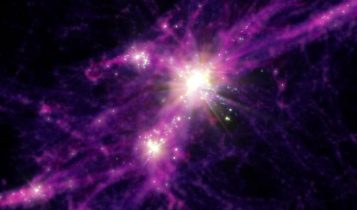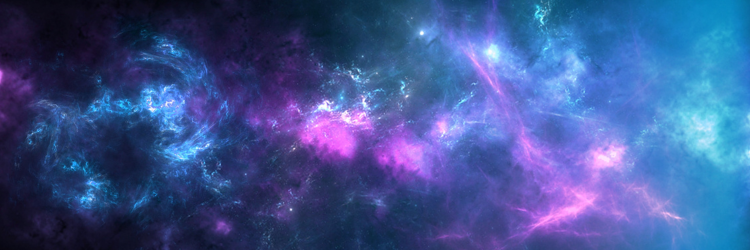The Puzzle of Impossible Brightness
To say that the James Webb Space Telescope (JWST) is upending our thoughts about the universe is an understatement. Scientists were shocked when they saw the telescope’s first images of the universe’s earliest galaxies. The galaxies appeared too bright, massive, and mature to have formed so soon after the Big Bang—akin to an infant growing into an adult within a few years. Some physicists even questioned the standard model of cosmology.
A Northwestern University-led team of astrophysicists used new simulations and discovered that those galaxies are likely not so massive after all. While a galaxy’s brightness is typically determined by mass, findings suggest that less massive galaxies can glow just as brightly from irregular, brilliant bursts of star formation—fitting within the standard model of cosmology. The research was published in the Astrophysical Journal Letters.

Credit: Aaron M. Geller, Northwestern, CIERA + IT-RCDS
Northwestern’s Claude-André Faucher-Giguère, the study’s senior author, explained, “Typically, a galaxy is bright because it’s big. But because these galaxies formed at cosmic dawn, not enough time has passed since the Big Bang. How could these massive galaxies assemble so quickly? Our simulations show that galaxies have no problem forming this brightness by cosmic dawn.”
Before JWST, early universe understanding was speculation based on data from only a few sources. The team used advanced computer simulations in this new study to model how galaxies formed right after the Big Bang—the simulations produced cosmic dawn galaxies that were just as bright as those observed by the JWST.
The FIRE simulations combine astrophysical theory and advanced algorithms to model galaxy formation. The models enable researchers to probe how galaxies form, grow, and change shape while accounting for energy, mass, momentum, and chemical elements returned from stars. When they ran the simulations to model early galaxies formed at cosmic dawn, they discovered that stars formed in bursts called “bursty star formation.” This happens when stars form in an alternating pattern — many stars at once, followed by millions of years of very few new stars, and then many stars again.
Simulations produced the same abundance of bright galaxies as the JWST found. The number of bright galaxies predicted by simulations matched the number of observed bright galaxies.

